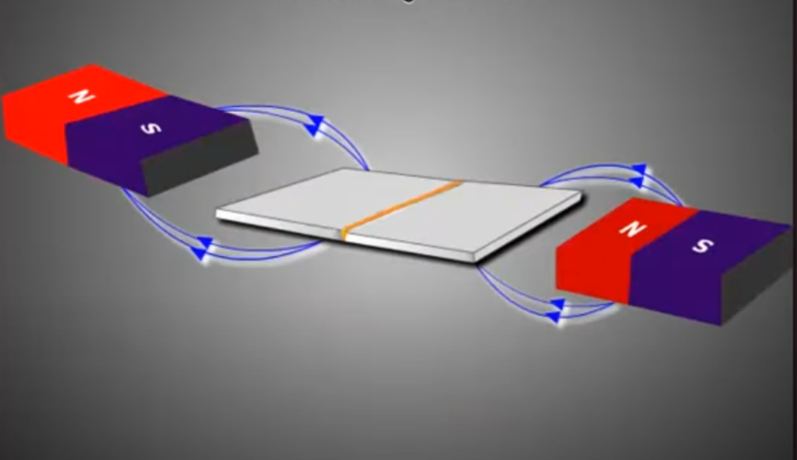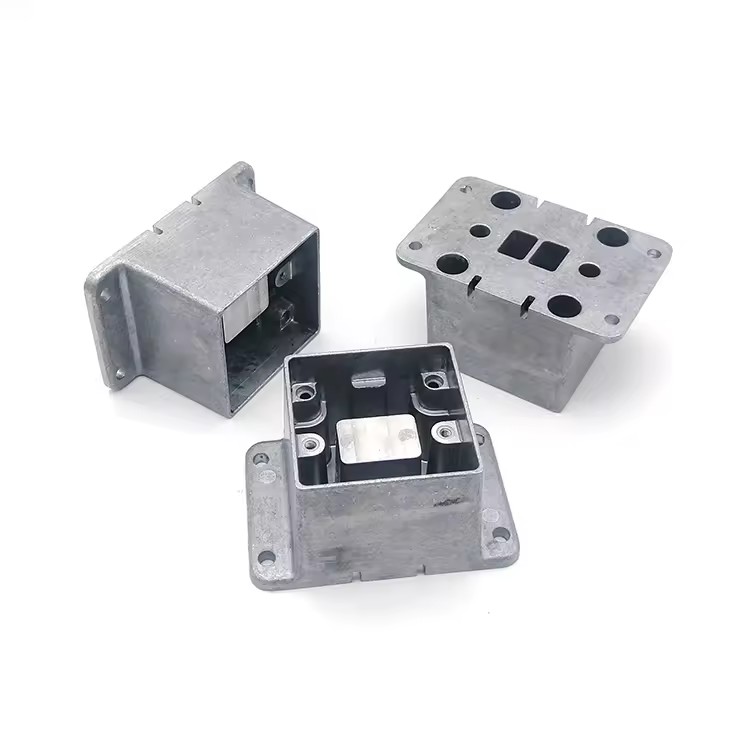Is Cast Iron Magnetic? What You Need to Know
 Sep 04,2024
Sep 04,2024

Yes, cast iron is magnetic due to its high iron content. Iron is a ferromagnetic material, meaning it can be magnetized and will attract magnets. Cast iron, although it contains more carbon than steel, still retains this magnetic property. This makes it a popular material for items like cookware and industrial tools, which can interact with magnets effectively.
Understanding Cast Iron
When this material is extracted from its ores, it is then smelted into a liquid state. This liquid is then molded and cast into different forms like billets, tubes, or cylinders. Therefore, it is called cast iron. The common use of this material is cookware like utensils and for making tools.
Cast iron has a high Fe amount. Therefore, it is magnetic. When a magnet bar is closed, it adheres to it because of the electronic interaction. If the electrons make a straight line in a different direction, cast iron shows attraction. When electrons are aligned to the same poles, the cast iron show repulsion.
Cast iron has a few types
- White iron has carbon atoms in an iron carbide form. This material possesses high strength, hardness, and excellent wear resistance. However, due to its high hardness, its machining is very difficult.
- Grey iron has high carbon. It is present in graphite form. It is a relatively cost-effective material and has good machining properties. It also has high strength, hardness, and galling and wear resistance.
- Ductile or Malleable iron is an expensive form of this alloy. It is processed by annealing and has high ductility. It has good fracture toughness and machining properties. Fracture toughness is the surviving energy before fracture.
- Nodular cast iron has graphite. It is in the spherical form. It possesses high strength and good elastic properties.
Is Cast Iron Magnetic?
Yes, it has magnetism. The reason for being magnetic is high iron compounds. Fe has magnetism. It is because heavy amounts of electrons are moving in the same direction. Every matter has a nucleus along with atoms. Electrons spin around it and carry some charge, like positive or negative. The same spinning direction maintains balance which prevents the magnet from occurring. If the direction is opposite, then magnetism falls in material like iron. The opposite charges attract each other, and the magnetic field becomes prominent in this material. Therefore, this alloy is magnetic. The common magnetic use of this alloy is as an induction cooking utensil.

Will a Magnet Stick to Cast Iron?
Yes, cast iron will stick to the magnet. The existence of a heavy Fe volume makes cast iron stick to the magnet. Because it carries magnetism. It has inherited magnetic properties from iron. The unpaired electrons in its orbital convert it into a ferromagnetic substance. These materials can strongly adhere to magnetic bars.
Is Ductile Iron Magnetic?
Yes, it is a good magnetic material. Ductile iron was discovered in 1943. It has a high amount of graphite. They make a great contribution to magnetism. Graphite particles exist in a sphere shape, and that is why they are ductile. Due to the sphere, there is no pressure point where a crack or defect can be produced. Therefore, they have low hardness and high ductility. They also have high magnetic permeability due to high magnetism. It is the capability to show attraction towards a magnetic field.
Is Cast Iron Pot Magnetic?
Yes, they hold magnetism. They contain high iron content. Iron makes a material magnetic. This composition is useful in induction cookware applications. Induction heating is through a magnetic field. And it can work only with high-magnetic utensils. Therefore, this cookware is the best choice. Other than these, cast iron pots, or utensils are also magnetic. And they can be utilized on gas stoves.

What is Cast Iron Used For?
It has many applications due to its high hardness. The common uses are its pipes for water. It is also used in auto parts. These products are very durable. That is why they can be used for a long time. Cast iron utensils are common for induction cooking. It is used in making machine parts like liners for cement mills and ball mills. It is also used for making drawing dies and extrusion nozzles.
Conclusion
Cast iron has a high Fe amount. Therefore, it is magnetic. It has a few types: white, grey, ductile, and nodular cast iron. Cast iron will stick to the magnet. The presence of heavy Fe volume makes cast iron stick to the magnet. Because it carries magnetism. It has many applications due to its high hardness, strength, and durability. They can tolerate high temperatures and pressure. The common uses are its pipes for waterlines, auto parts, and utensils. Cast iron is overall a cost-effective material. So, where high strength and durability requires, these products are used.
FAQs
How to tell if cast iron is rusted?
It can be seen visibly. If you closely observe its surface and notice some dark brown spots or spots all over the pan. Then your cat iron product started to rust. And this product is not safe to use further.
Is cast steel magnetic?
Yes, it holds magnetism. It contains a high amount of Fe. Iron has electrons that make a straight line when the magnetic field is nearby. This creates an alloy magnetic. Cast iron can stick to magnets.
How to tell cast iron from steel?
They both are iron-contained materials. Visibly it is not possible to differentiate these materials correctly. However, grinding can easily tell whether it is steel or cast iron. The sparks of steel are yellow in color. And cast iron produces orange when it is grind. Drilling also produces short chips for cast iron. Steel has spring shape chips during drilling. The best way is to check microscopically. Both have different grain sizes and structures.
 Tel/WeChat:
Tel/WeChat:  Email:
Email: 
 Home
Home
 Is Rust Magnetic? Separating Fact from Fiction
Is Rust Magnetic? Separating Fact from Fiction 







